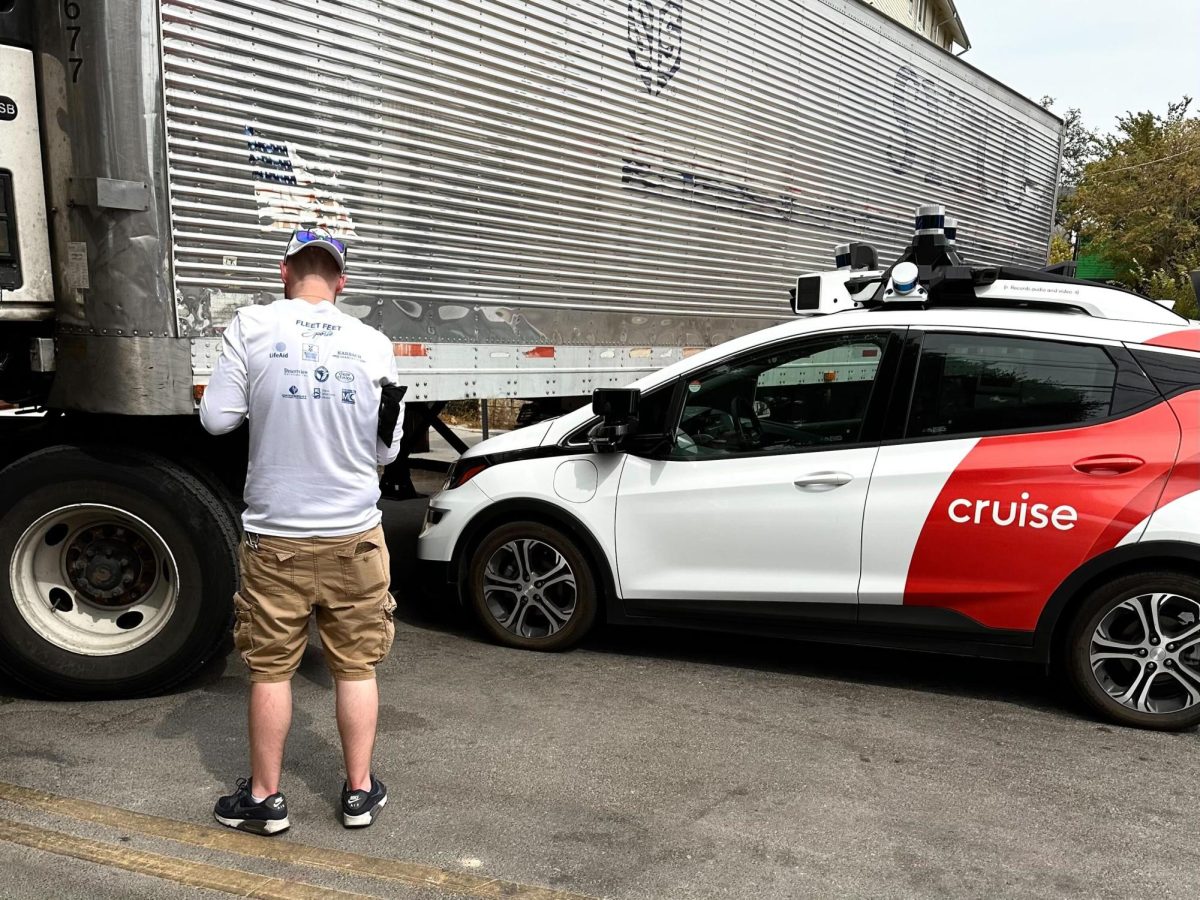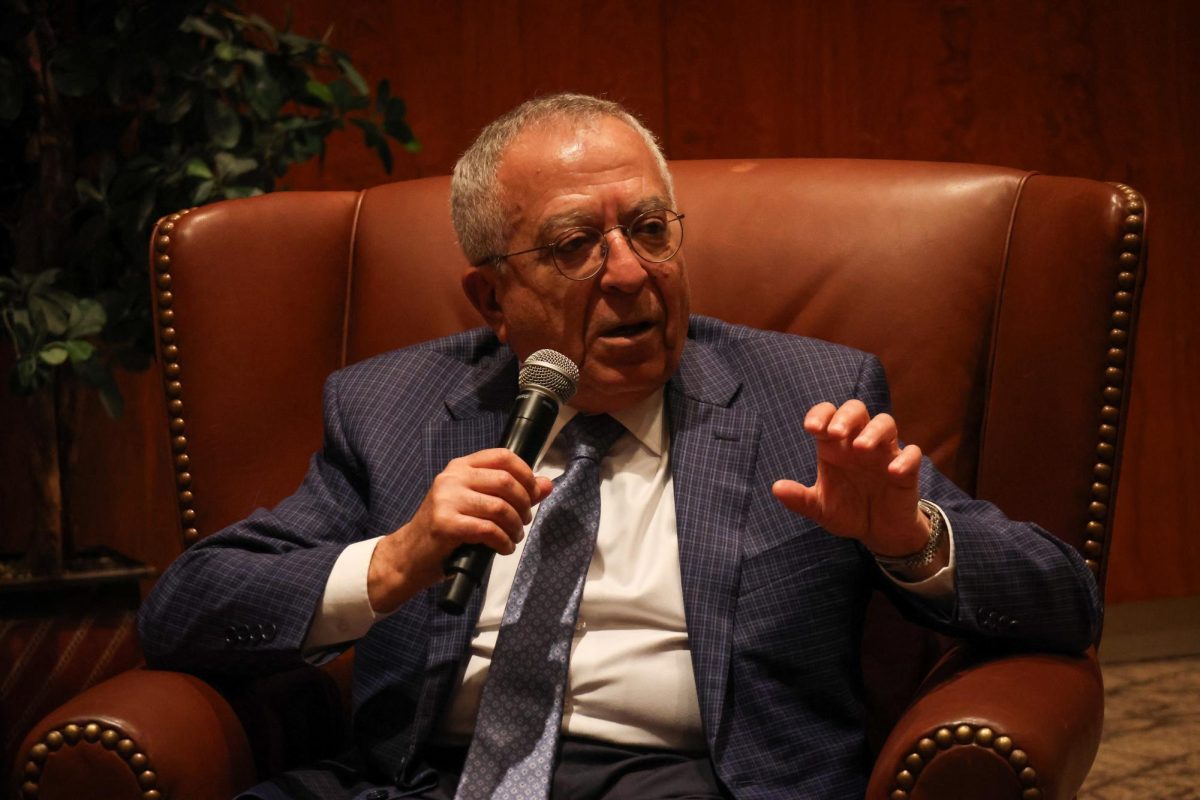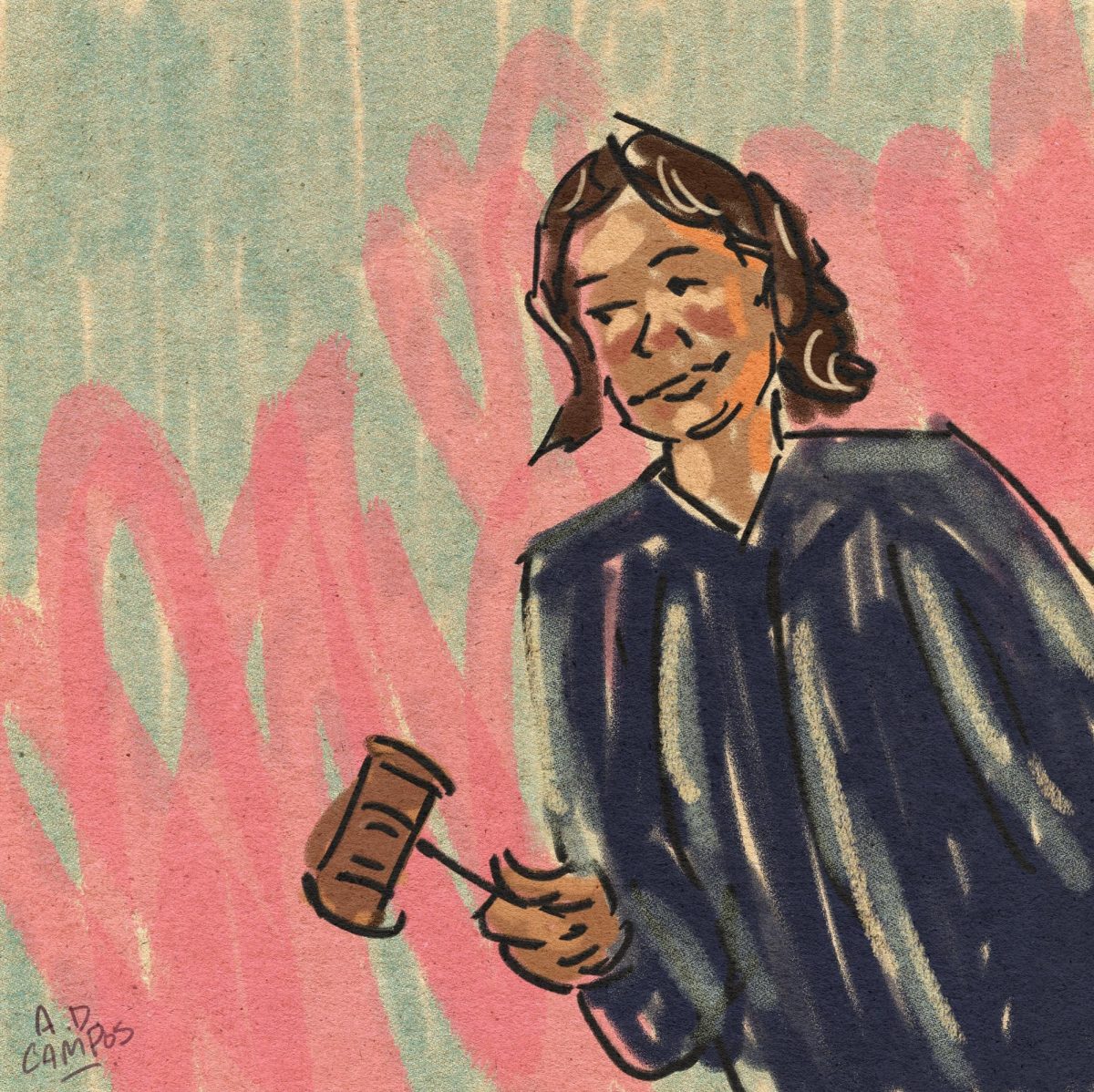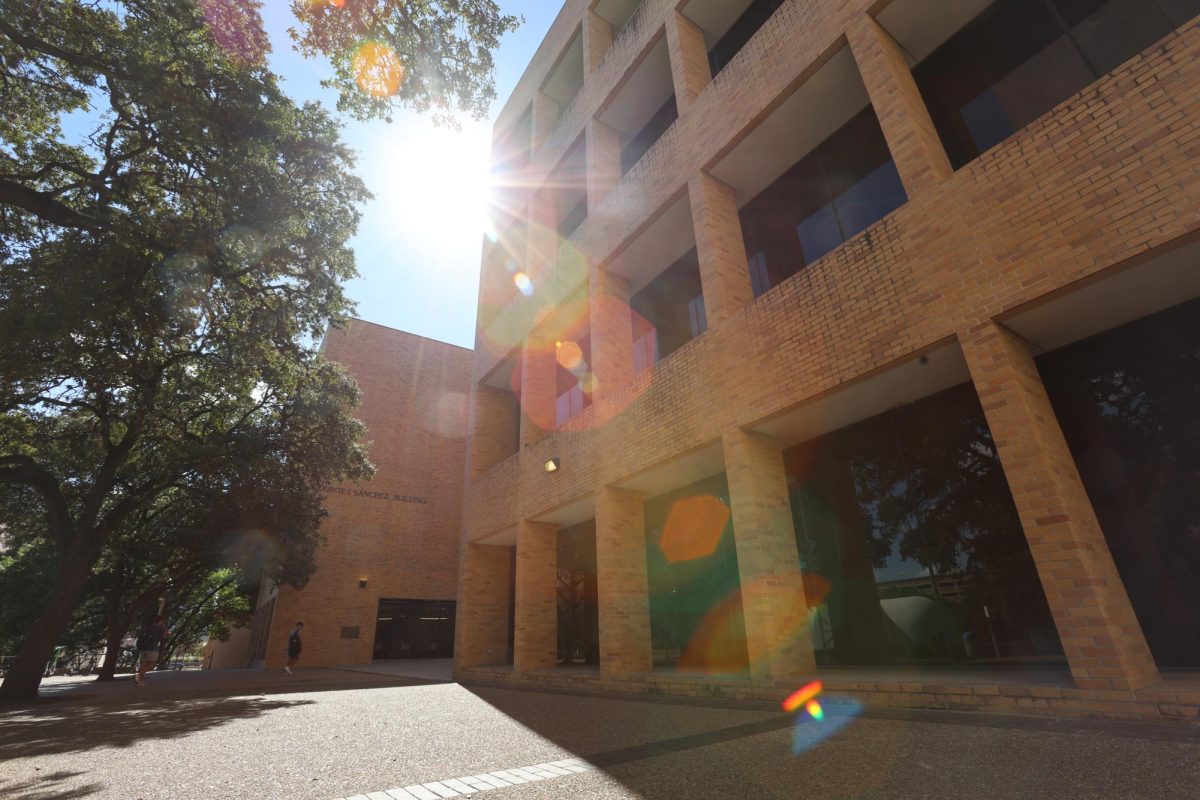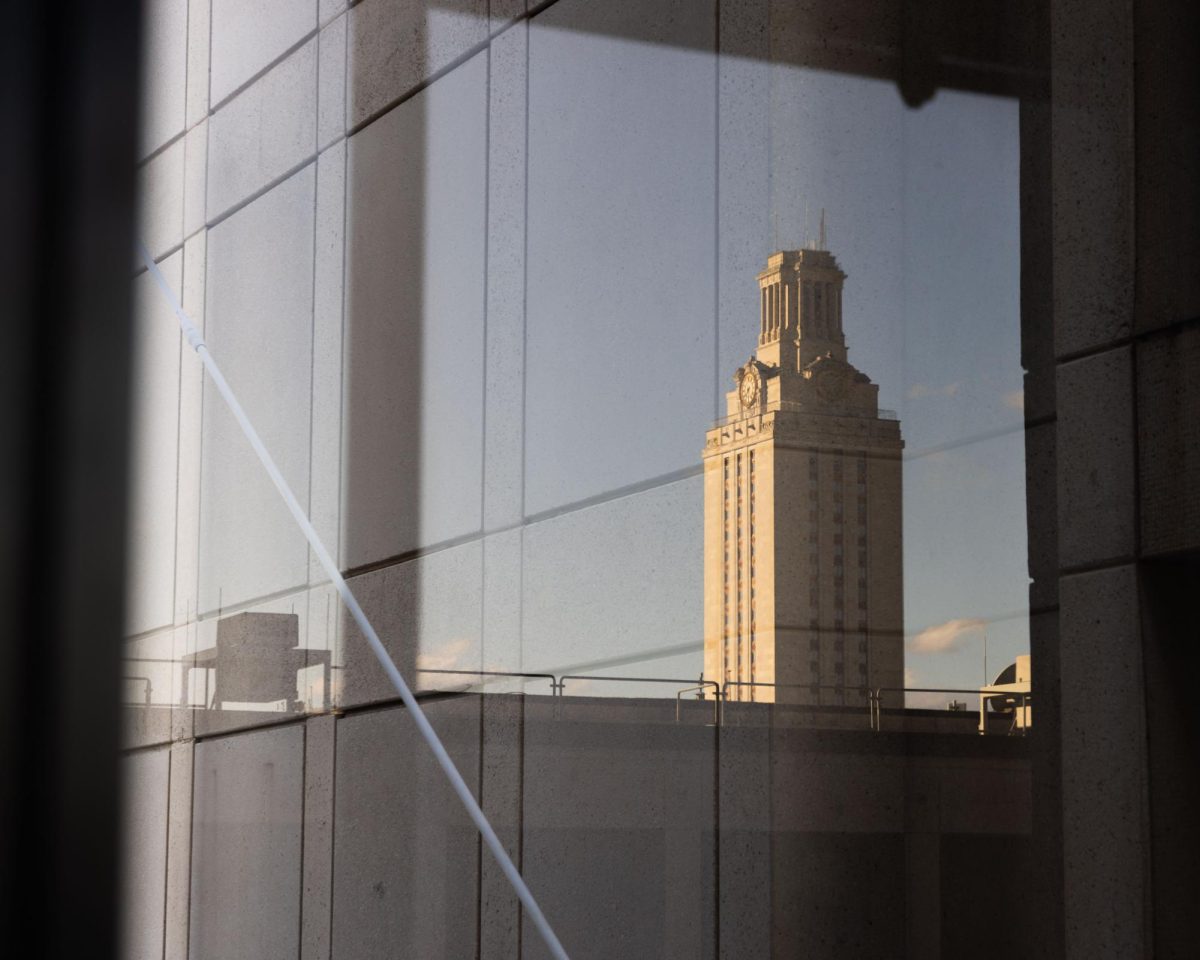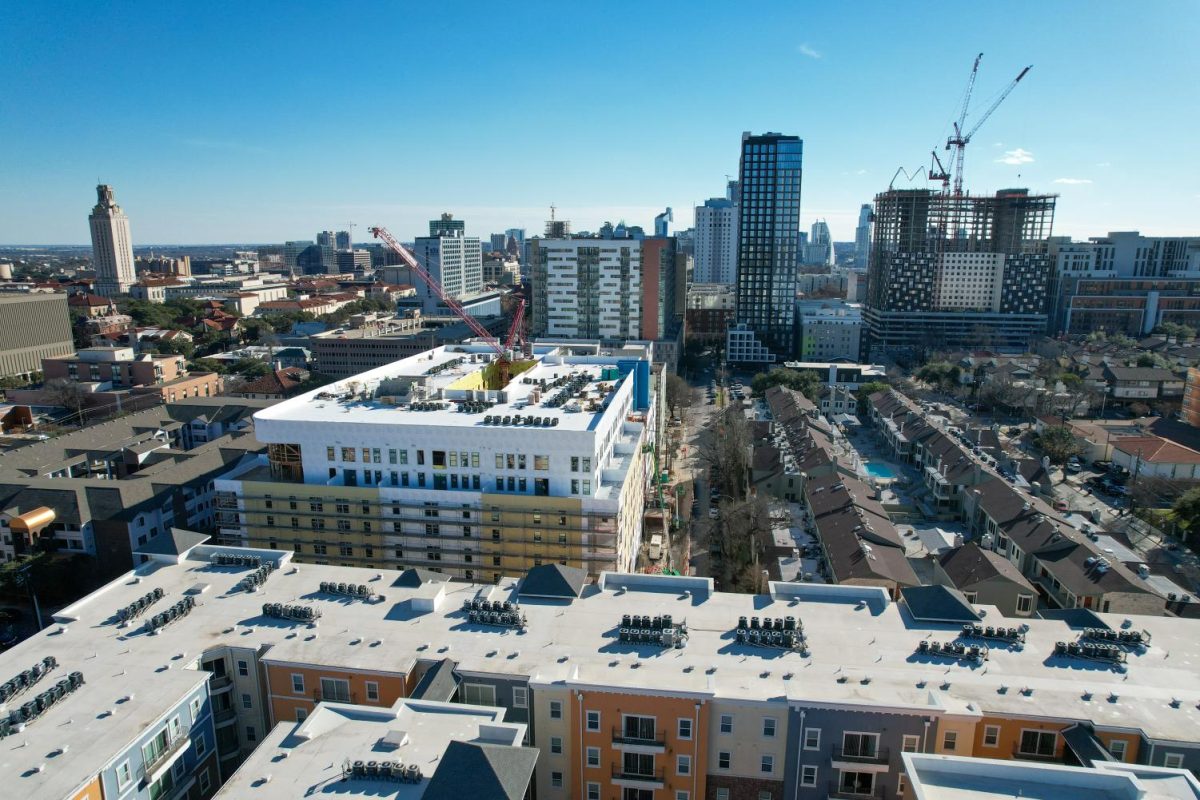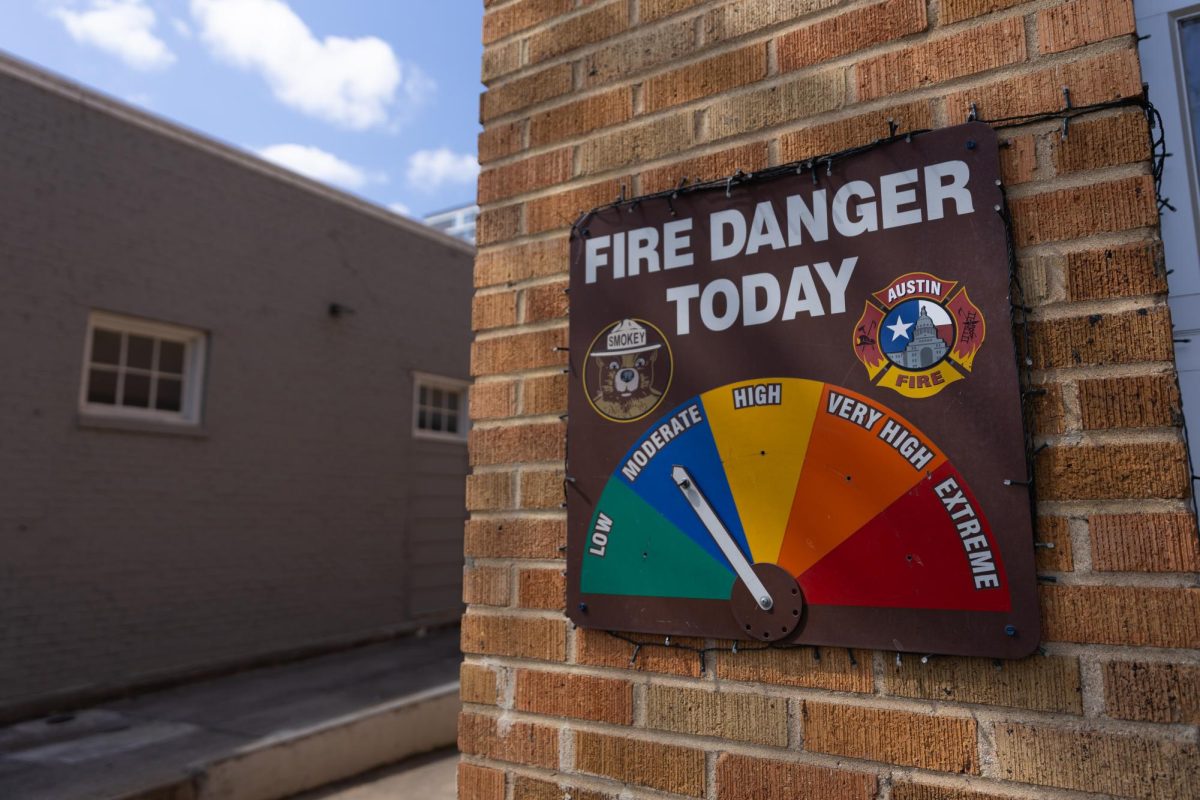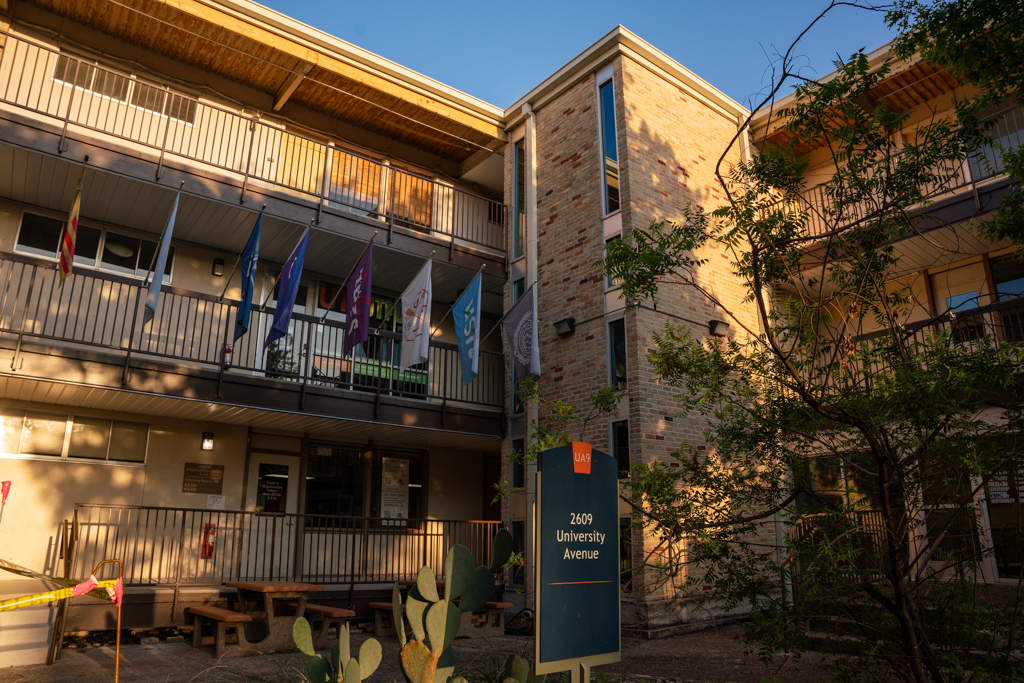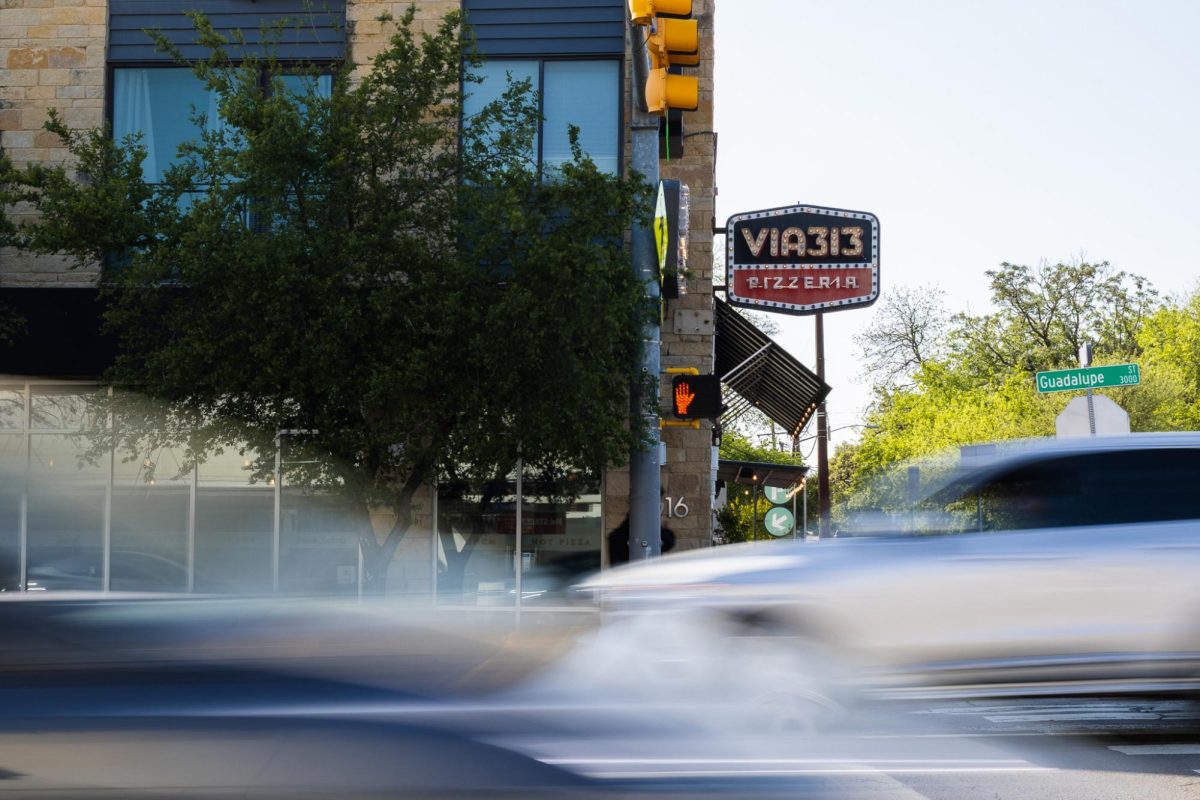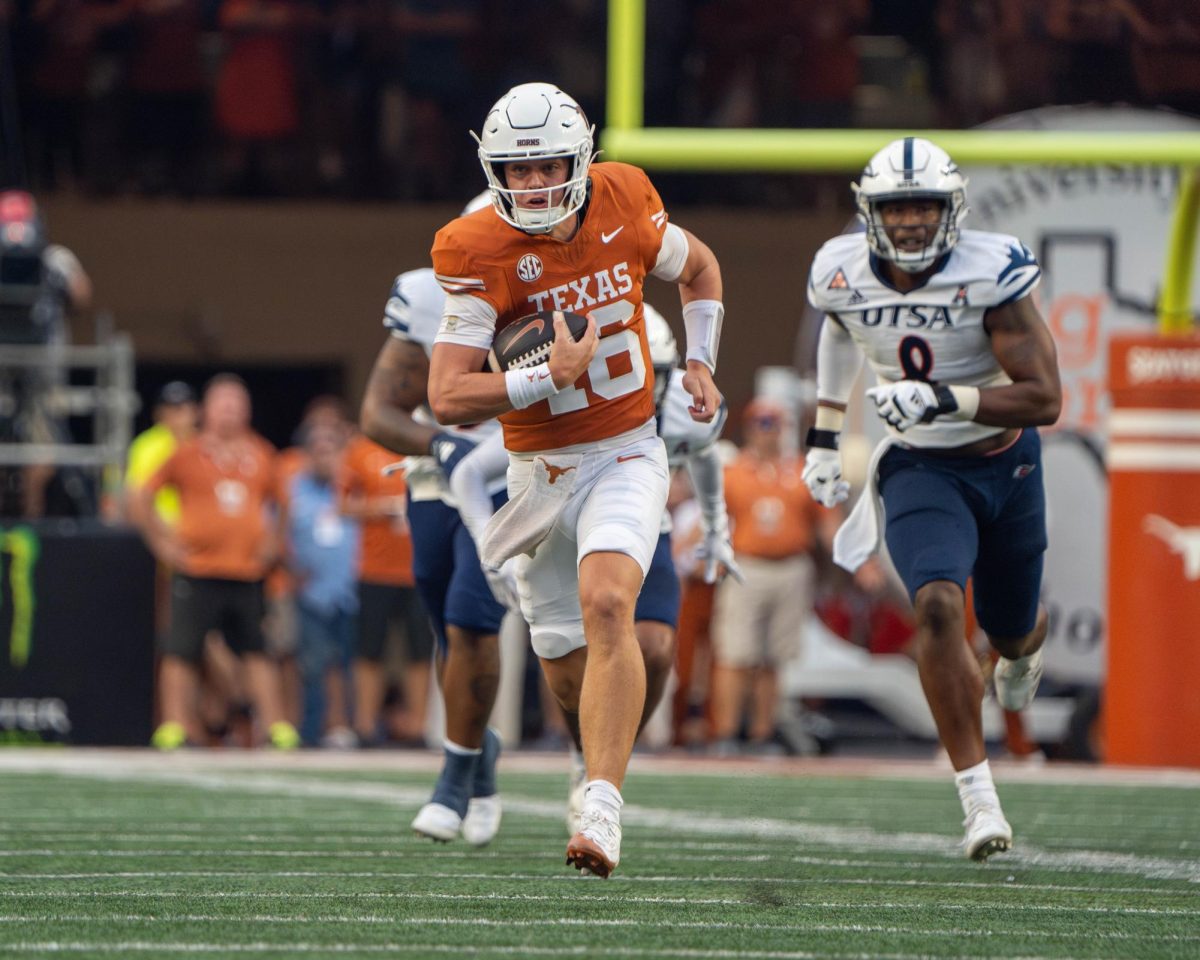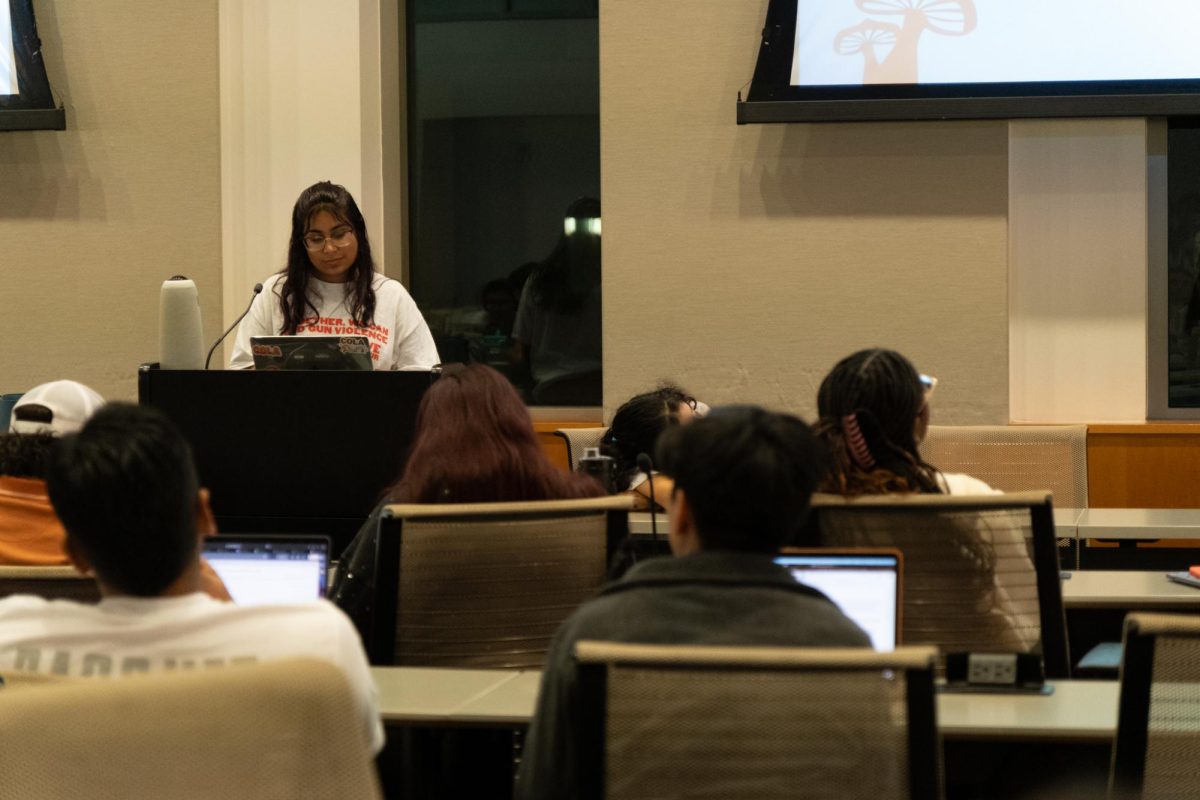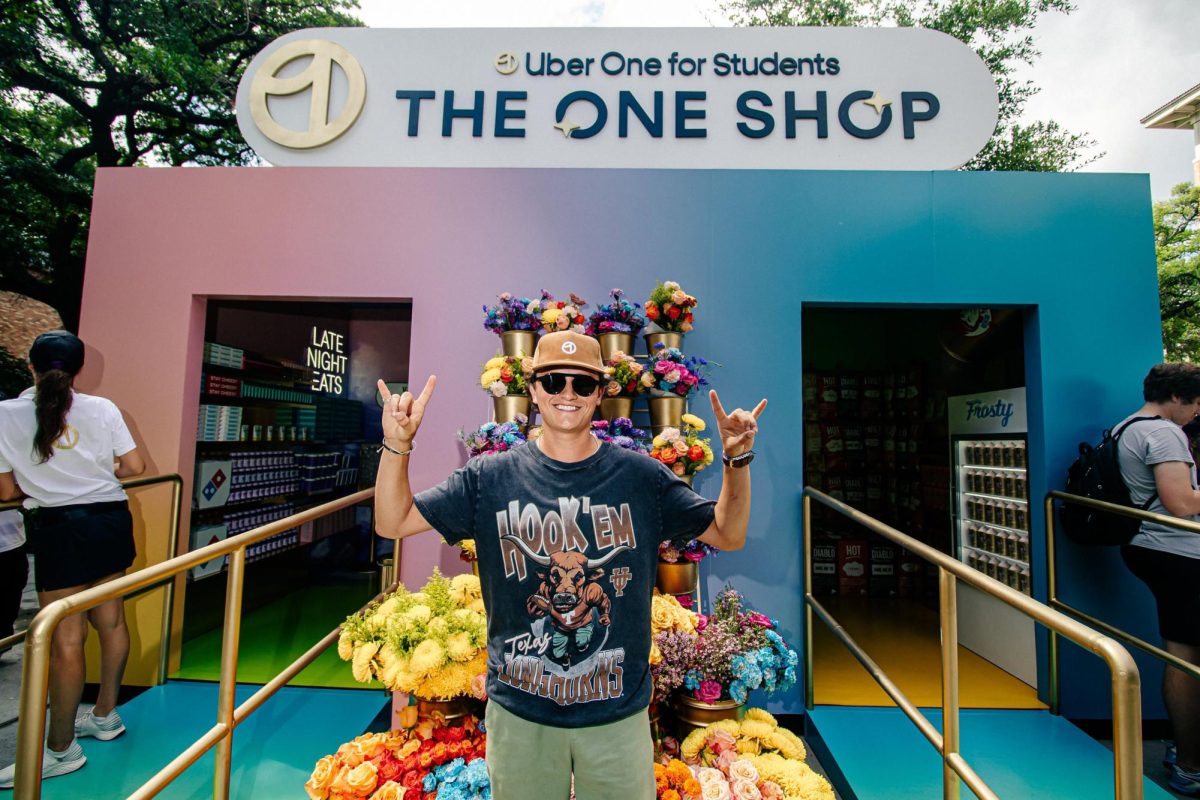Over the last few decades, Austin earned a reputation as a technological hub with organizations from around the world converging on the city. However, Austin residents expressed concerns about one of the newest technologies brought to Austin — self-driving cars.
Approximately 125 autonomous vehicles are active in Austin, according to a Sept. 1 memo from the Transportation and Public Works Department. The memo also noted increasing safety concerns from residents.
Viral videos show autonomous vehicles blocking intersections or causing traffic jams. The memo said the department formed a City AV Safety Task Force, collaborating with companies like Cruise to identify safety concerns in the area.
“I was here during the Uber (and) Lyft situation back in 2015 when Uber and Lyft were not wanting to be regulated by the city,” Austin resident Darcy Caballero said. “I see this as another time where a company that probably isn’t even local is parachuting in and using our roads as a guinea pig without … having any type of oversight.”
The Texas Legislature placed oversight for autonomous vehicles in the hands of the state in 2017, Council Member Zohaib Qadri said, meaning local governments cannot regulate them.
“Right now, we have to settle for working with these companies, relaying our constituents’ concerns to them, and hoping they’ll be cooperative with our Transportation, Police, Fire, and EMS departments as they figure out in real-time how to safely operate AVs on public streets,” Qadri said in an email.
Caballero said she saw two stopped Cruise cars in the middle of the 15th and Rio Grande streets intersection the night of Sept. 17.
“One of the cars started to back up a bit and it was about to hit the car next to me,” Caballero said. “It was a whole mess, and we ended up having to go around the cars.”
In complex driving situations, the cars cautiously pull over or come to a stop, a Cruise spokesperson said in an email. Usually, they proceed after a brief delay, but Cruise dispatches personnel if needed.
“I have reservations about them being in densely populated urban areas, just from a safety perspective,” said A.C. Hanstedt, a radio-television-film senior. “Considering Austin struggles with traffic already, adding not-driver operated vehicles into that mix, even at night, doesn’t seem like good planning.”
Civil engineering senior Nicolas Prada said he bikes often, causing concern about interacting with self-driving cars, especially after seeing an over ten-car traffic jam in West Campus.
“When you’re biking (and) you’re crossing the street, you have to make eye contact with the drivers at the intersection,” Prada said. “There’s no one you can make eye contact with in a driverless car. It’s an empty cockpit.”
The spokesperson said Cruise will continue to meet with community members, city officials and first responders as they expand operations in the city.
“While our work is never done, our technology is designed to keep our riders and communities safe,” the Cruise spokesperson said.
Prada said he hopes Austin invests in more public transit, like Project Connect, over self-driving cars.
“Every time I’ve had a notable encounter with them, it’s been very dumb,” Prada said. “Right now, as they are technology-wise, I think they’re more trouble than they’re worth to be testing on public streets.”

